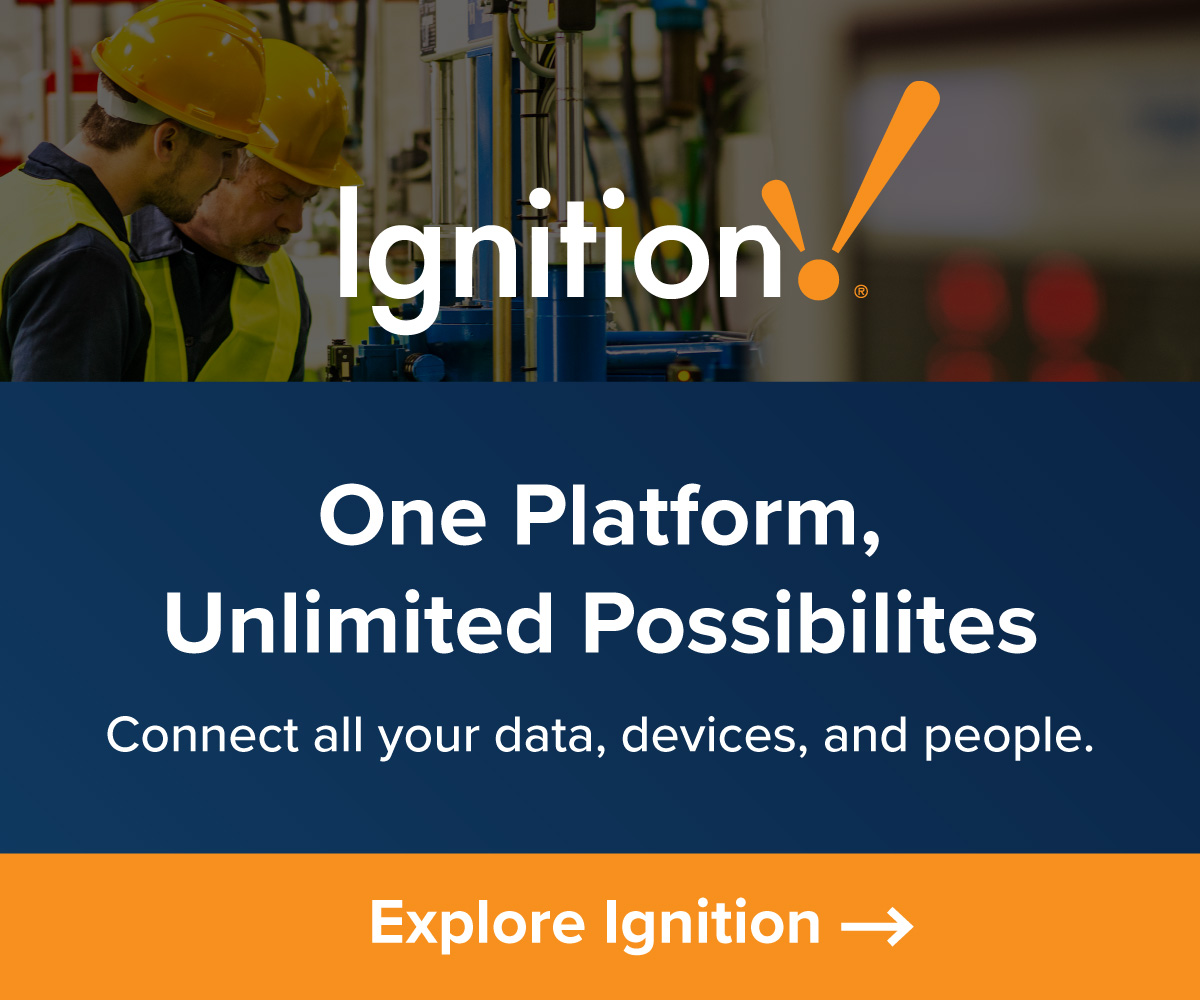Nokia and EY released the results of The metaverse at work a survey of 860 business leaders from six countries soliciting thoughts on application of the “metaverse” to their businesses. In short, many are using some form and many expect business benefits.
- Across use cases, early metaverse adopters report benefits more often than companies still in the planning phase, with CAPEX reduction (15%) and sustainability (10%) showing largest difference
- Companies believe in the power of the metaverse – only 2% of respondents see the metaverse as a buzzword or a fad
- The industrial metaverse is creating substantial business value – 80% of early adopters say use cases tested will have a significant or even transformative impact
- US and UK lead in terms of actual experience – 65% and 64% of respondents respectively had a pilot or fully deployed at least one industrial or enterprise metaverse use case, while Asia-Pacific is less advanced (Japan, 49%; South Korea, 49%)
- Cloud computing (72%), AI/ML (70%) and network connectivity, including private 5G/6G (70%), fiber broadband (68%), as well as public 5G/6G (67%), are seen as most important key technical enablers to metaverse use cases
- Enterprises saw the highest potential in the use of extended reality for training to onboard and upskill the workforce, while three out of the four industries surveyed chose the use of virtual R&D to enhance product design and processes.
I concur that metaverse use cases around training show the most promise. This assumes close linking to the “digital twin.” I can also see use cases in product and machine design.
When I probed into industrial use cases, the only surprising thing was anticipated benefits from “predictive maintenance.” As fate would have it, I interviewed Siemens Digital VP of Industrial Machinery Rahul Gark at the Siemens Digital customer conference and media/analyst symposium. So, I asked him.
We discussed first of all that metaverse need not imply only the use of opaque ski goggles. The displays can be on normal screens. The idea is that metaverse provides more than just a better display. It is enhanced through diagnostics, deep dives into the drawing data, and historical trends. In addition to use by operations staff, maintenance and services staff can more easily find root causes and other diagnostics leading to faster time to repair.
Predictive maintenance is more historical—say looking at a tool or component over time noticing trends and events. Knowing that increased chatter, no matter how minute, in a machining tool or heat/vibration in a bearing, will lead to breakdown, the metaverse in this case can help technicians fix something before it breaks.
Vincent Douin, Executive Director, Business Consulting and Business Transformation, Ernst & Young LLP, said: “The industrial and enterprise metaverses are here, this study shows the clear appetite for these technologies such as extended reality and digital twins to achieve business goals. We are already seeing many organizations going above and beyond the planning stages and recognizing tangible benefits from their initial implementations.”
Thierry E. Klein, President of Bell Labs Solutions Research, Nokia, said: “It is great to see that companies clearly believe in the power of the Metaverse for business value creation in both enterprise and industrial use cases. This strongly aligns with our vision, informed by more than 8 years of research at Nokia Bell Labs, that the Industrial Metaverse is an extension of Industry 4.0. Consequently, those who have already implemented mission-critical communications networks for Industry 4.0 are now well placed to experience the benefits of the Metaverse that clearly some companies are already seeing.”
The metaverse is defined in the report as a fusion of the digital and physical worlds. The enterprise metaverse is driven by demand for better digital collaboration and communication tools. It will envelop the core productivity applications that make business function and allow for the next generation of virtual connections. The industrial metaverse is characterized by physical-digital fusion and human augmentation focused on industrial applications; this includes digital representations of physical industrial environments, systems, processes, assets, and spaces that participants can control, monitor and interact with.





